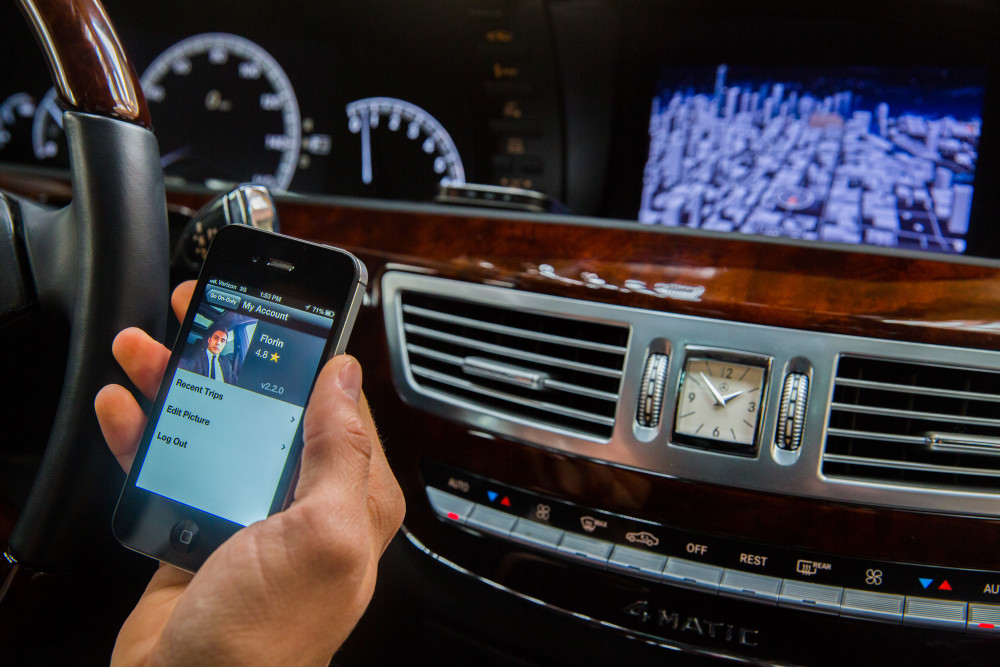By Carolyn Said
San Francisco Chronicle.
Uber’s efforts to refine its business model are leaving some drivers with financial whiplash.
The cash-rich San Francisco company, which offers on-demand rides summoned by smartphones, cut prices in January to attract more riders while reducing the commissions it collects from drivers to offset the impact. Rival Lyft made similar moves. But now Uber has kept the lower prices while requiring drivers to pay it an even bigger cut of fares.
“Unfortunately, the winter fee reduction meant that Uber was losing money on every trip — credit card charges alone are 3 percent,” it wrote in an e-mail to drivers.
Uber’s back-and-forth decisions demonstrate how a young company is trying to reconcile conflicting business needs. On one hand, Uber must recruit drivers, the lifeblood of the company. The new ride services, which view themselves as marketplaces for entrepreneur-drivers rather than traditional taxi companies, can’t request exclusivity, so many drivers work for more than one.
“They compete more for drivers than riders,” said Ryder Pearce, who is starting a company called Sherpa to help ride-service drivers analyze their incomes and expenses. “Part of their strategy is to use drivers to market for them. New drivers always spread the word.”
New-driver bonus
To lure drivers from competitors like Lyft and Sidecar, Uber offers a $500 bonus after they complete just one trip on UberX.
Existing Uber drivers can earn $500 if they persuade a driver for a competing ride service to come aboard.
But Uber also must balance market share with profit. It recently raised its commission rate to 20 percent from the 5 percent it set during the winter. In addition, drivers now must pay Uber a $10 a week “mobile subscription fee” for the dedicated smartphone they use.
“The rapid-fire price cuts (Uber made in the winter) clearly show the startup trying to build market share,” said Shawndra Hill, a professor of operations and management at the Wharton School at the University of Pennsylvania. As it matures, Uber will focus more on setting prices to increase profit, she said.
Some drivers are not happy, though.
Ramzi Reguii, who supports his wife and two children driving full time for UberX, said he will net only about $10 an hour after expenses and the new commission rates. He’s organizing a protest of UberX drivers for Thursday at the company’s San Francisco headquarters and urging drivers to strike that morning by turning off the app.
‘Marketing tool’
“What they did is a marketing tool that the drivers pay for,” he said. “UberX generated a lot of business by lowering the prices.
But unless Uber takes care of the drivers, they will run into problems.”
Uber spokesman Lane Kasselman said the company gets high marks in the company’s regular polls of drivers in San Francisco and elsewhere.
“Uber works with tens of thousands of partner drivers to help them generate income and build their own small businesses on their time,” he said in an e-mail. “A fully utilized vehicle on UberX can gross up to $100,000 a year. … We’re always happy to listen to feedback about how we can do better.”
Some UberX drivers said they’ll still end up ahead, even with the higher commission.
“Since the price cuts, I’ve never made more money,” said Stephanie Gelman, who drives in between gigs as a chef and teacher. “I went from being busy during some parts of the day to being really busy almost all day. My income went up a couple of hundred dollars a week.”
But Uber has already gained notoriety for raising its prices during times of peak demand. The company needs to make sure it doesn’t alienate riders and drivers, Hill said.
“If drivers are disgruntled, they’re always talking about it,” which worries riders, she said. “Drivers are more likely to cut corners when they’re crunched for dollars. … Uber also needs to be careful about not offending customers. If it’s perceived as too greedy, that’s a turnoff.”














































































































































































































































































































































































